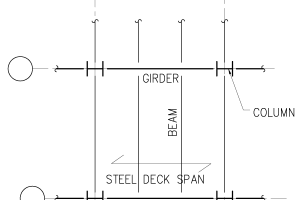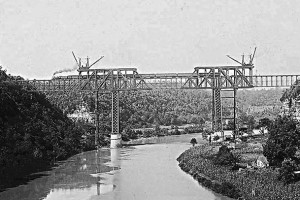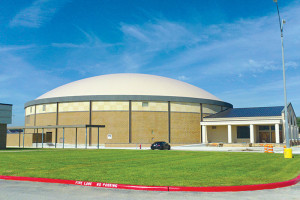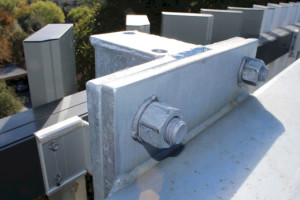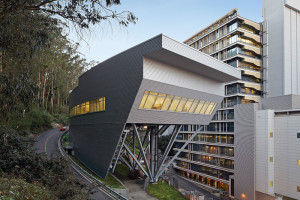Reducing Building Floor-to-Floor Height
At the early stage of building design, most architectural designers start with functional block schematic floor plans and the structural floor system. The selection of the floor system is one of the most important considerations in building design. Each alternative demands a certain depth, which results in different building floor-to-floor heights. …

